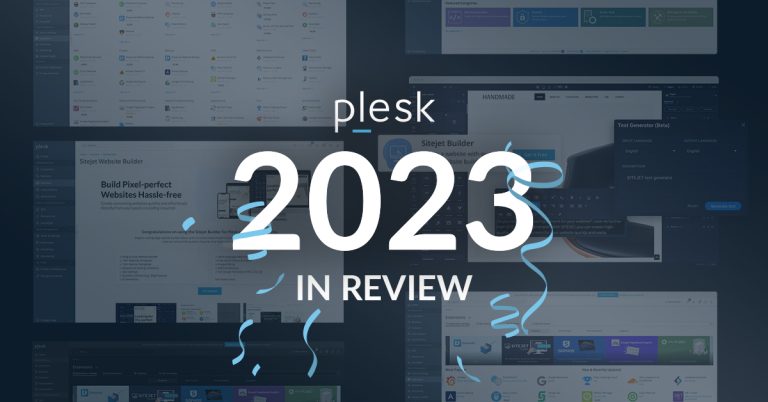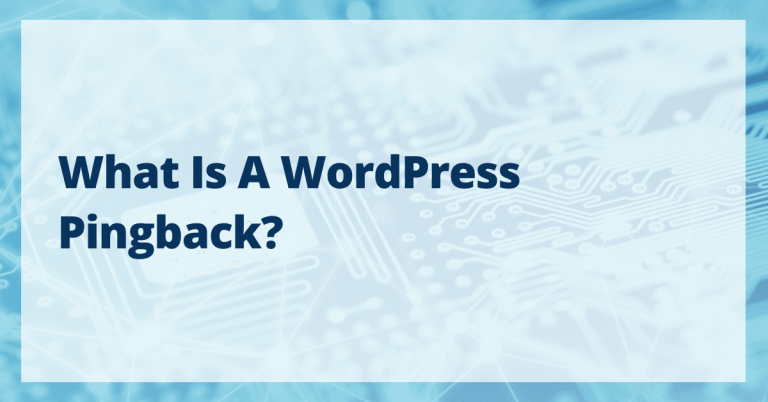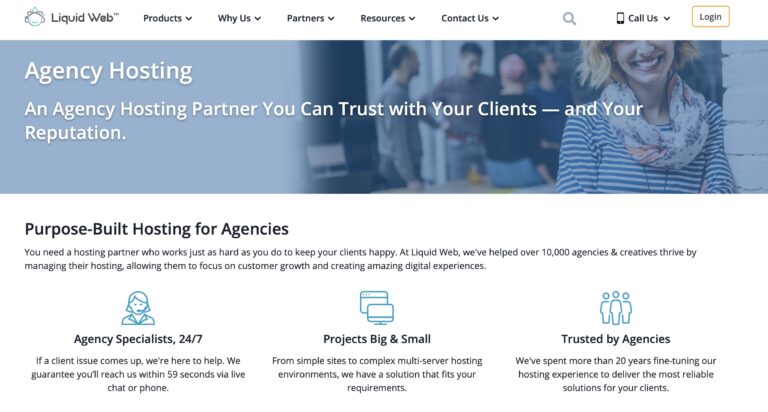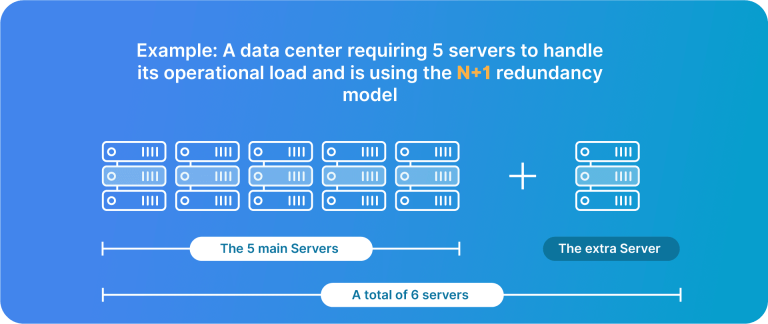In a multi-cloud environment, a company often uses many public cloud services from various cloud providers. One fundamental way hybrid cloud computing differs from multi-cloud computing is by including private cloud infrastructure. This could be an enterprise’s own data center, along with one or more public cloud services, typically functioning to achieve business goals.
In a 2022 poll, just under 90% of the cloud users and IT decision-makers who responded said they use some version of the hybrid cloud strategy. Of those, 80% said they used a combination of public and private clouds.
But what does hybrid architecture do for them? Companies like Netflix and Uber, who rely absolutely on their cloud infrastructure to serve their clients, say it allows them to scale up instantly. Even if one cloud is having issues, it still offers better customer satisfaction.
But, as always, the real answer is much more complex than that.
Explore seven different factors that make the hybrid model the clear winner for different types of companies.
1. Proximity and Data Residency
CSPs (Cloud Service Providers) have opened up data centers all over the planet. The closer a data center is to your clients, the less power transmission requires and the lower the latency. CSPs have different infrastructure networks and can respond to changes in load in different markets. Having several options helps you maintain your best performance.
Data residency – the actual geographic location of an organization’s servers and, therefore, the laws or regulations governing that data – is a similar concern. Serving customers in different jurisdictions means complying with different regulations about how and where data can be stored. For example, if you have customers in the US and Europe, you’ll need two clouds – one compliant with the GDPR and one with the CLOUD Act – with a different set of customer data on each.
2. Best-In-Class Solutions
Simply put, not all clouds are equal. Each one has a different set of features, a different fee structure, and different levels of service, just to start. Therefore, you might need a hybrid cloud architecture to provide all of the features and capabilities you need in a low-cost, efficient, and reliable manner.
You can use what each provider does best, combining native features from each CSP to create a hybrid that serves all of your business needs. For example, the perfect solution might merge AWS’s wide data center availability with Liquid Web’s support for legacy applications. Or it might use a single-tenant cloud to protect your most sensitive data while making use of a more scalable multi-tenant cloud for less sensitive tasks.
3. Resilience and Future-Proofing
Today’s partner could be tomorrow’s competitor, or they could fold dramatically. Retailer clients have been moving away from AWS for years because they are in direct competition with Amazon, for example.
It doesn’t matter why you might have to move away from one or more of your CSPs. You should have a plan in place in case it happens. A smooth, orderly transition is much less damaging to the bottom line than a panicked jumping ship mid-emergency.
Using a multi-cloud or hybrid cloud strategy means that not all of your eggs are in one basket. The more of your cloud infrastructure that remains, the less data you’ll have to move, and the less you’ll have to rebuild.
4. Avoid Vendor Lock-In
Similarly, you might be looking at a hybrid cloud solution to avoid possibly being locked into using a single vendor. In a 2019 survey, around 80% of hybrid cloud users said this was their number one reason for adopting that stance.
Of course, your CSP wants a stable, secure, long-term business relationship with you – even if that is not 100% in your best interest. No one wants a big customer to leave, and it is not unheard of for businesses, ethically or not, to put subtle or overt barriers in place to disincentive clients from leaving them.
This is one reason many businesses make having an easy vendor exit strategy a priority from day one. A hybrid cloud strategy makes that easier.

5. Work-From-Home Capacity
During the pandemic, many companies had to rapidly roll out fully or mostly remote working solutions. Many moved to a hybrid cloud model designed to better serve operatives and customers all over the country or world.
The advantage of a hybrid cloud is that it is more robust at resisting service disruptions. When some parts of the world started using teleconferencing at 8-10 times the rate they did before the pandemic, they discovered that having a backup provider as part of a flexible, dynamic hybrid cloud strategy prevents a single CSP’s service disruption from becoming your own service disruption.
6. Mergers and Acquisitions
Post-merger IT is complicated, to say the least. Mergers and acquisitions are becoming more common these days, and experts predict that trend will continue. So whether you are fated to acquire or become acquired – many firms experience both several times – having a fully-formed hybrid cloud strategy ready to go or actually in place can make the transition simpler, more efficient, and less disruptive all around.
Perhaps this will mean forming a new hybrid cloud strategy by combining the existing cloud systems of both merging entities. It could mean swapping out one of several CSPs for one mandated by your new corporate overlords. Or perhaps it will mean adopting the more efficient or effective CSP of one of your conquests.
No matter how it pans out, the flexibility of a hybrid cloud strategy is likely to serve you well.
7. Hybrid Cloud Is Becoming the International Standard
A 2022 study suggests that 19 out of 20 companies will prioritize a multi- or hybrid cloud environment shortly, for many reasons. Whether you need to improve your data security, resilience, scalability, or accessibility without crippling any of your other operations, a hybrid cloud solution might be the answer. It is at least worth considering.
Final Thoughts
Moving to a hybrid cloud model has several advantages. It can provide server proximity for remote workxers, allow you to pick and choose from different jurisdictions for data residency, and add resilience and flexibility to your data architecture. It is also a method of future-proofing your operations, at least in the medium term.
If you’d like to learn more about adopting a hybrid cloud strategy, we’d love to speak with you.





